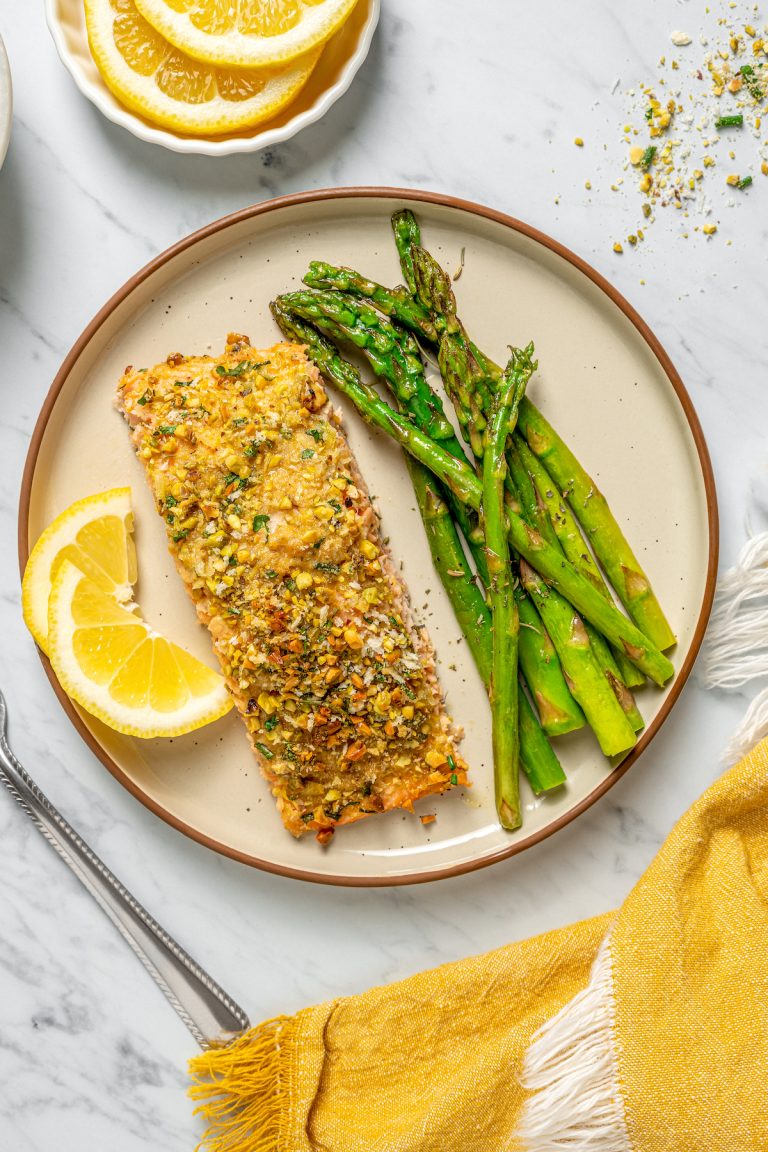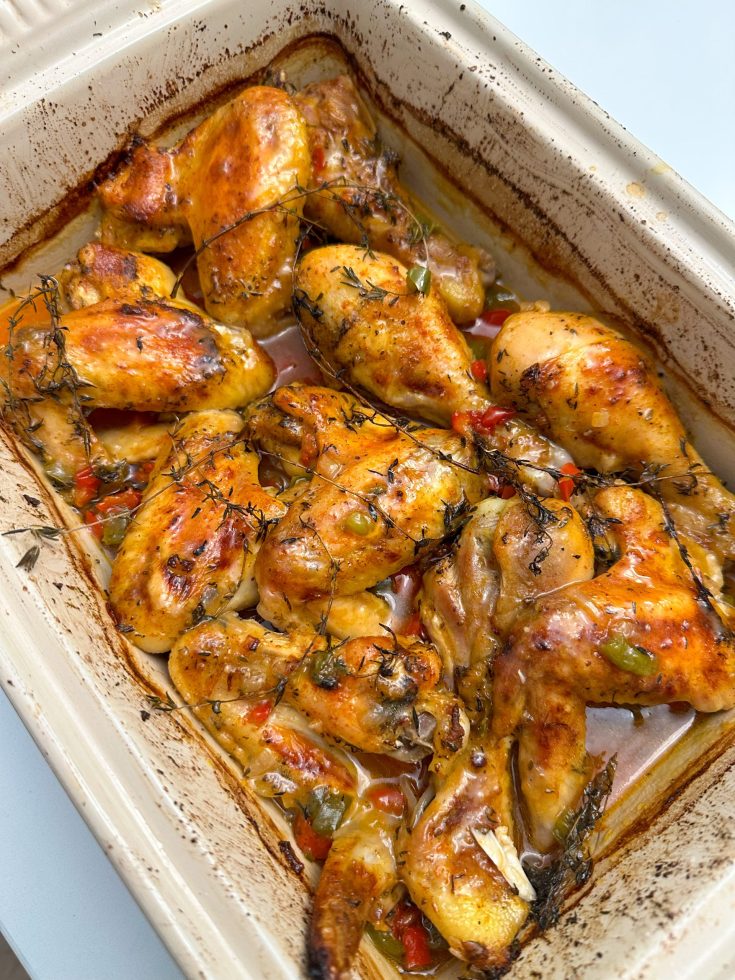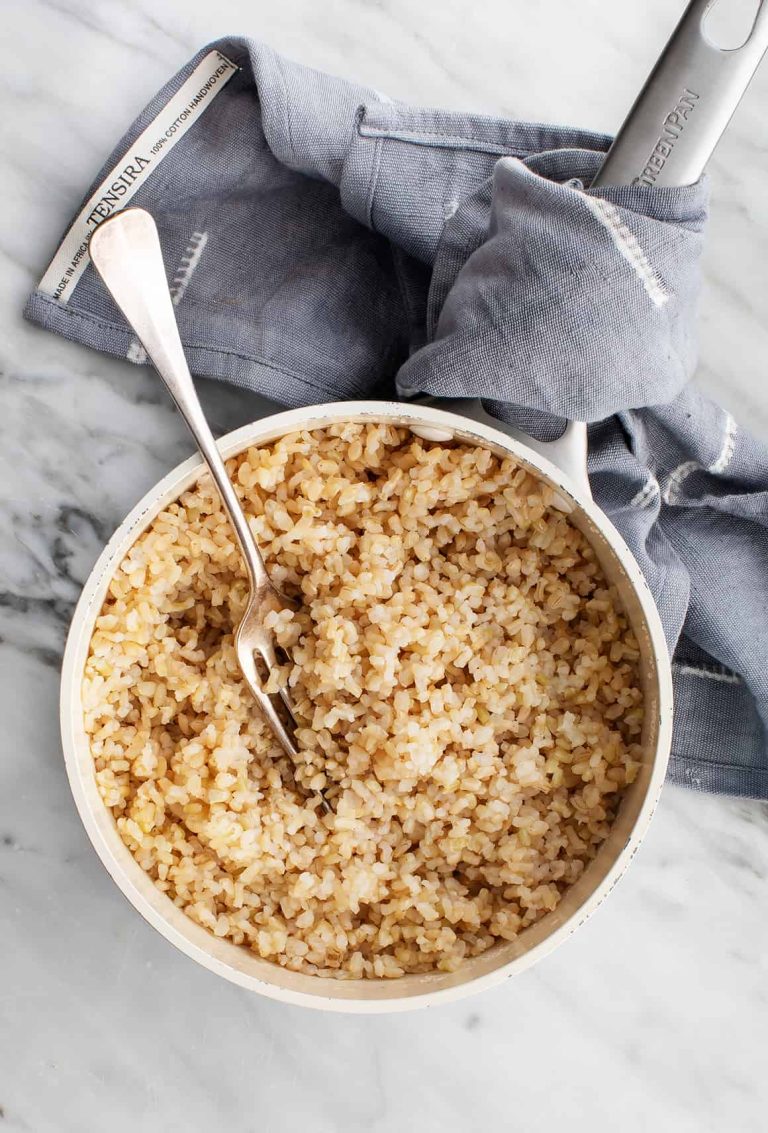Pan Bagnat: The Perfect Pressed French Tuna Sandwich Recipe
The Pan Bagnat originates from the vibrant city of Nice on the French Riviera. This sandwich’s history ties closely to traditional Niçoise cuisine, known for incorporating fresh, local ingredients. “Pan Bagnat” means “bathed bread” in the Niçard dialect, reflecting the characteristic of the bread soaking up olive oil and other juices. Initially, it was a practical meal for workers in the fields, combining durable ingredients like tuna, olives, tomatoes, and hard-boiled eggs.
Regional Variations in France
While the classic Pan Bagnat hails from Nice, various French regions have put their unique twists on this sandwich. In Provence, you might find it includes anchovies or different herbs de Provence. In Marseille, the Pan Bagnat might feature a slight spice from regional peppers or unique local condiments. These regional variations maintain the sandwich’s core essence while highlighting local flavors, making it a versatile yet traditional French dish.
Key Ingredients and Their Significance
The Role of Olive Oil
Olive oil acts as the cornerstone of the Pan Bagnat’s flavor profile, enhancing the sandwich’s taste while ensuring the bread stays moist. High-quality olive oil provides a rich, fruity note that seeps into the bread, merging with other ingredients. Use extra virgin olive oil for its superior flavor and health benefits, including monounsaturated fats which contribute to heart health. By absorbing olive oil, the bread becomes more flavorful and tender, mirroring the “bathed bread” concept.
Freshness of Tuna and Other Seafood
Fresh tuna defines the core protein of the Pan Bagnat, bringing a clean, nuanced flavor to the dish. Opt for line-caught tuna to ensure environmental sustainability and better taste. Freshly cooked or high-quality canned tuna both serve well, though freshly cooked offers a more robust flavor.
In regions like Provence or Marseille, additional seafood such as anchovies can be included, offering a salty, umami contrast to the tuna. Ensure any seafood used is fresh and high-quality to maintain the traditional taste and integrity of the sandwich.
By prioritizing these key ingredients, you make a Pan Bagnat that is true to its Niçoise roots while achieving a balance of rich flavors and textures.
Step-by-Step Guide to Making Pan Bagnat
Preparing the Bread
Use a round, crusty loaf of country bread or a baguette for your Pan Bagnat. If available, choose a pain de campagne, known for its firm crust and soft interior. Slice the bread horizontally, ensuring both halves are even. Remove some of the interior to create space for the fillings while preserving the structural integrity. Drizzle both halves with high-quality olive oil to saturate the bread effectively. Let it rest for a few minutes to absorb the oil and prevent it from becoming too dry.
Assembling the Sandwich
Layer the ingredients carefully to distribute the flavors evenly. Start with a layer of sliced tomatoes, followed by thin slices of red onion. Add slices of hard-boiled eggs and sprinkle with salt and black pepper for seasoning. Spread a generous amount of fresh tuna on top, followed by pitted black olives and capers. For additional flavor, include anchovy fillets. Add fresh basil leaves to complete the assembly. Press the sandwich lightly, then wrap it in parchment paper. Allow it to rest for at least an hour, preferably under a weight, to let the flavors meld and the bread fully absorb the juices.
Serving and Enjoyment Tips
Best Practices For Pressing Pan Bagnat
Ensure the sandwich ingredients meld and the flavors blend by pressing your Pan Bagnat properly. After assembling the ingredients on the sliced bread, wrap the sandwich tightly in parchment paper. Place it in the refrigerator, then press it with a heavy object like a cast-iron skillet or a weighted cutting board. Allow it to rest for at least an hour; for a more intense flavor, leave it overnight. The pressing process helps the bread absorb the olive oil and juices, creating a cohesive sandwich with a rich texture.
Wine Pairings And Side Dishes
Enhance your Pan Bagnat experience with well-chosen wine and side dishes. Select a light, crisp white wine like a Sauvignon Blanc to complement the fresh tuna and vegetables. Alternatively, a dry Rosé from Provence pairs excellently with the sandwich’s Mediterranean flavors. For side dishes, consider a simple mixed green salad with vinaigrette or a bowl of olives to enhance the meal’s authenticity. Serve the sandwich with potato chips or a portion of ratatouille for additional textures that balance the Pan Bagnat’s moist, flavorful profile.
Conclusion
Creating a Pan Bagnat offers a delightful journey into Niçoise cuisine. By using high-quality ingredients and proper techniques, you can enjoy a sandwich that’s both rich in flavor and steeped in tradition. Whether you opt for a classic version or explore regional variations, the Pan Bagnat promises a satisfying meal. Pair it with a crisp wine and some Mediterranean sides to elevate your dining experience. Embrace the art of pressing and let the flavors meld for a truly authentic taste of the French Riviera.






